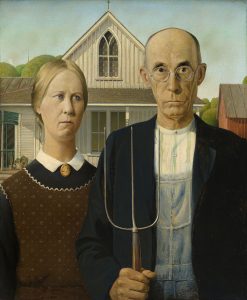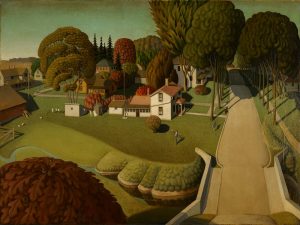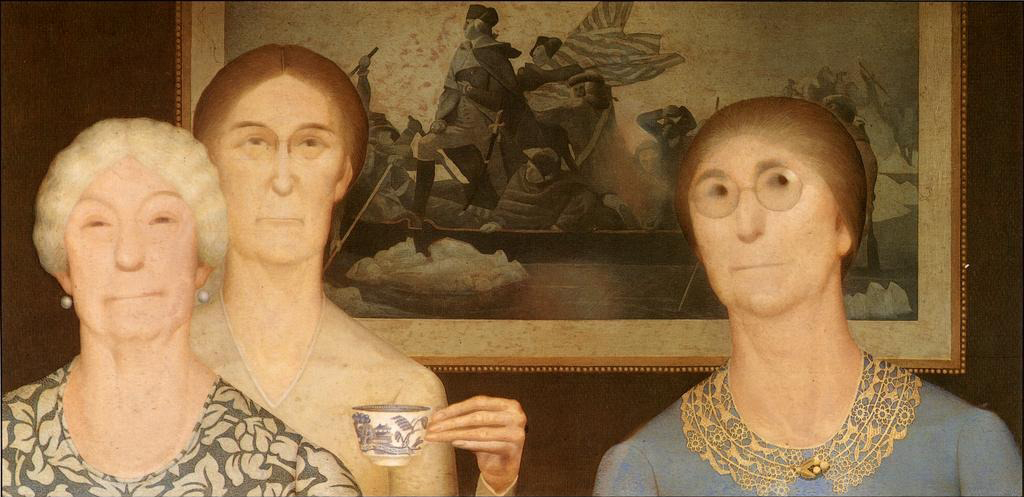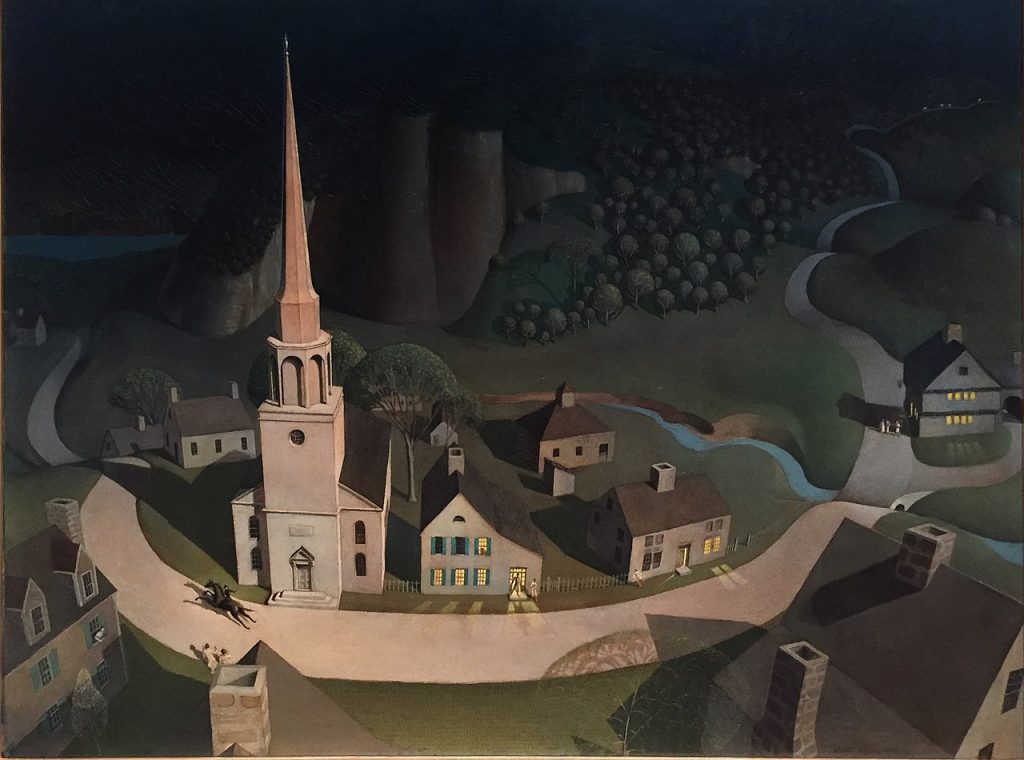Abhishek Kumar
February 13, ON THIS DAY
Technique does not constitute art. Nor is it a vague, fuzzy romantic quality known as ‘beauty,’ remote from the realities of everyday life. It is the depth and intensity of an artist’s experience that are the first importance in art.
Grant Wood

Grant Wood is one of the most influential American artists of the 20th century. He is best known for his paintings of the Midwest, which often feature rural landscapes and small-town life. His work is characterized by a style of realism and a strong emphasis on regional identity. His work often contains social commentary, as it reflects on issues of small-town life, rural values, and the changing of times. Wood’s paintings often include social commentary and address themes such as poverty, rural isolation, and the decline of traditional rural values. Wood’s style was characterized by a strong sense of realism and a focus on the simplicity and dignity of rural life. He used a flat, decorative style that combined elements of European modernist art with American folk art and realism. He was influenced by the Arts and Crafts movement and the paintings of the American Precisionists.
Grant Wood’s paintings are often praised for their unique blend of realism and symbolism and their social commentary. Wood’s paintings often challenge the traditional American ideals of the time, and he often used his paintings to comment on the hypocrisy and injustice of America’s social and economic systems. He was particularly critical of the country’s capitalist system and the mistreatment of the working class. Wood often used his paintings to portray the common man’s struggles, such as in his painting “American Gothic.” In this painting, a farmer and his daughter stand in front of a small house, representing the struggles of rural America during the Great Depression. The painting is often interpreted as a critique of small-town, rural values and the stiff, stoic nature of the farmer and his daughter. It has also been interpreted as a commentary on the changing of times, as the couple is depicted in old-fashioned clothing, and the house is a relic of the past.

Wood also used his paintings to criticize the American political system, especially during the Cold War. For example, in “The Birthplace of Herbert Hoover,” Wood paints a small house in a rural Iowa town, which was the birthplace of Herbert Hoover, the 31st President of the United States. By painting this house, Wood is making a statement about the failed policies of Hoover, which led to the Great Depression. Another painting by Wood that addresses social issues is “Daughters of Revolution”. This painting depicts three women dressed in colonial attire, standing in front of a background of the American flag. The painting is a commentary on the idea of American patriotism and the role of women in American society. The women in the painting are meant to symbolize the revolutionary spirit of America, and the painting can be seen as a critique of the patriarchal values that dominated American society in the early 20th century.

Wood’s paintings also often reflect the changing landscape of the Midwest, as it was impacted by industrialization and modernization. His painting “The Midnight Ride of Paul Revere” is a symbolic representation of the changes that were taking place in America at the time, as the painting depicts a horseman riding through the night against a backdrop of a modern cityscape. Wood’s paintings often contain social commentary, as they reflect on the changing times and the impacts of industrialization on rural America. His work is a reminder of the importance of preserving rural values, and the need to remain true to one’s roots. Through his paintings, Wood sought to address important social and political issues of his time and to provide a window into the lives and values of rural Americans.







